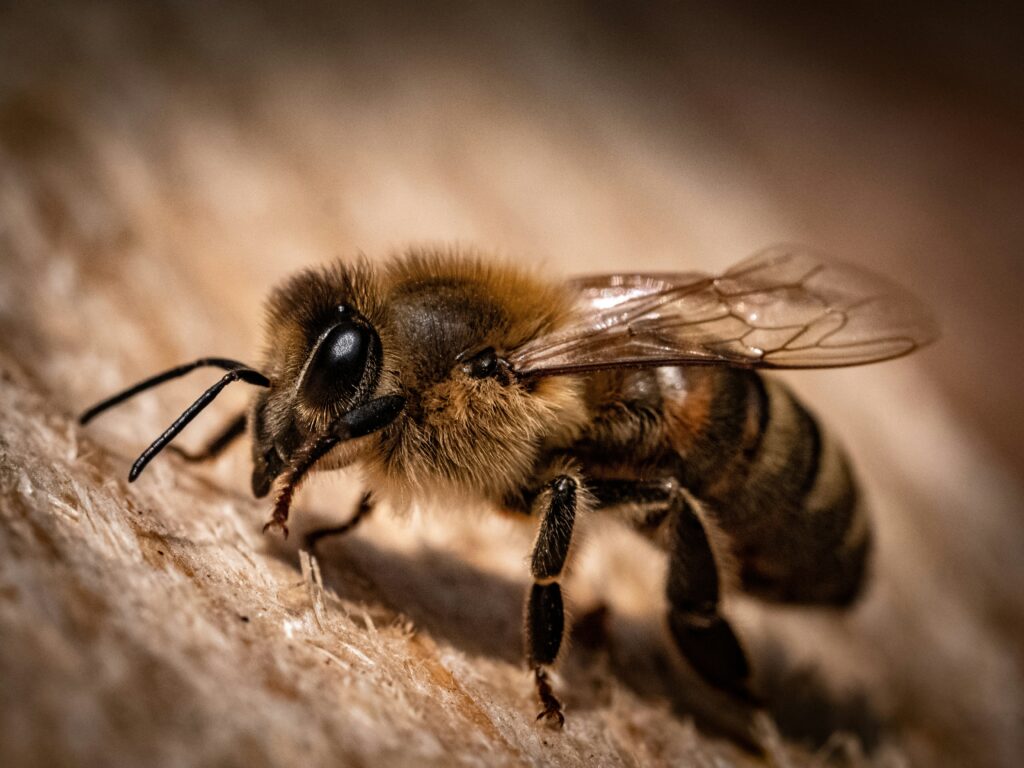Deep in the scorching desert of Southern California, where temperatures soar past 120°F and water is scarce, an extraordinary creature has evolved to thrive against all odds. The Mojave poppy bee, smaller than your pinky nail, performs one of nature’s most remarkable feats every spring. This tiny insect emerges from underground burrows after months of dormancy, racing against time to complete its entire life cycle in just six weeks. What makes this story even more incredible is that this specialized pollinator depends entirely on a single flower species – the desert poppy – creating one of nature’s most delicate partnerships. Yet today, this ancient relationship faces unprecedented threats that could unravel millions of years of evolutionary perfection.
A Bee Unlike Any Other
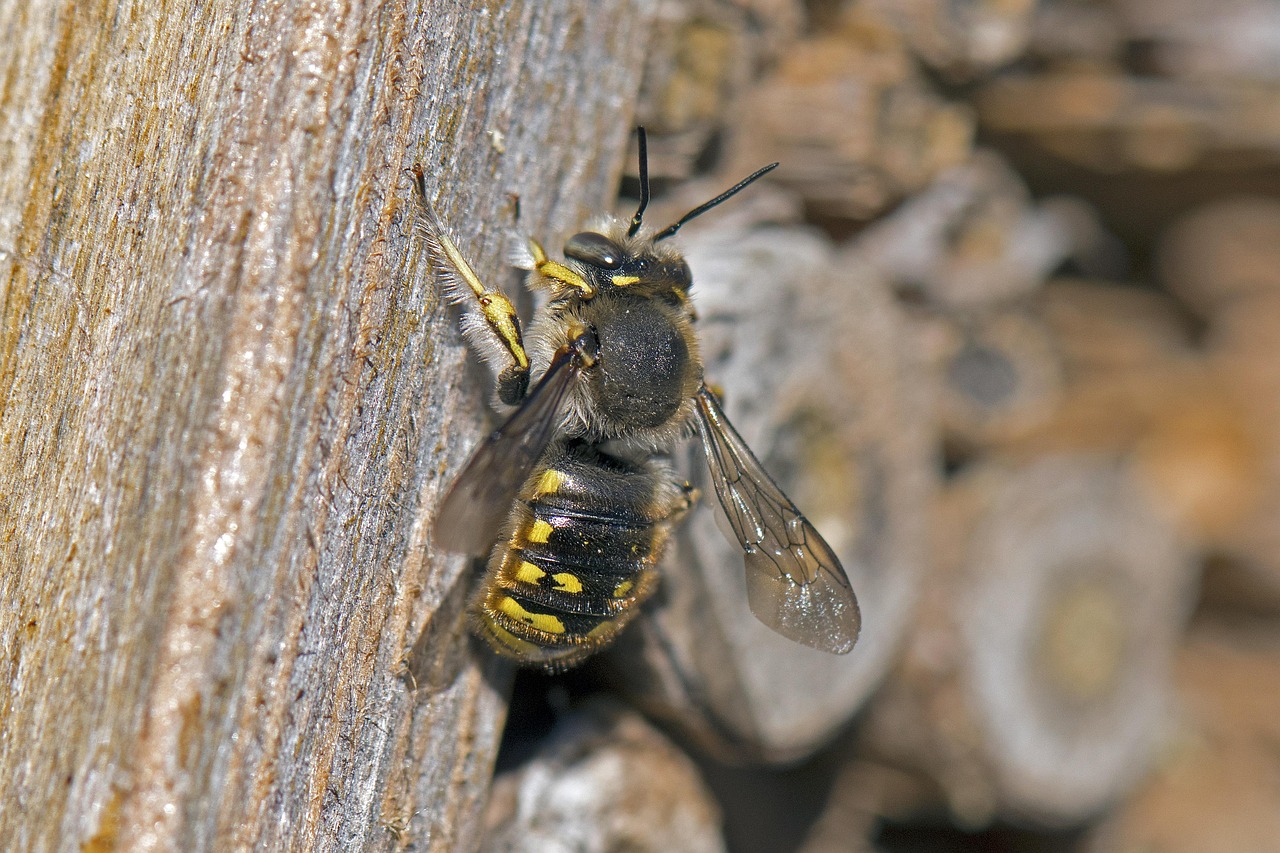
The Mojave poppy bee stands apart from its honeybee cousins in ways that would make any survival expert jealous. These solitary insects have developed an internal clock so precise it would put Swiss watchmakers to shame. Unlike social bees that live in colonies, each female poppy bee is a lone ranger, responsible for her own survival and reproduction. Her metallic black body, barely half an inch long, glistens in the desert sun as she navigates the harsh landscape with remarkable efficiency. What’s truly fascinating is her ability to remain dormant underground for up to 11 months, emerging only when desert conditions align perfectly with her life cycle.
The Ancient Dance of Desert Blooms
Picture this: after winter rains soak the Mojave Desert, millions of orange and yellow desert poppies carpet the landscape in a breathtaking display. This spectacular bloom lasts only a few precious weeks, and the Mojave poppy bee has evolved to synchronize her emergence with this fleeting window. The relationship between bee and flower represents 15 million years of co-evolution, where each species has shaped the other’s survival strategy. Desert poppies produce nectar and pollen precisely when the bees need them most, while the bees provide essential pollination services that ensure the flowers’ reproduction. This timing is so critical that even a few days’ difference can spell disaster for both species.
Master of Underground Architecture

Beneath the desert surface lies a hidden world of bee engineering that rivals any human construction project. Female Mojave poppy bees excavate burrows up to two feet deep, creating elaborate tunnel systems with multiple chambers. Each chamber serves a specific purpose – some for storing pollen and nectar, others as nurseries for developing larvae. The construction process is exhausting work in the desert heat, with bees making hundreds of trips to remove sand grain by grain. These underground homes provide crucial protection from extreme temperatures, predators, and the harsh desert environment that would quickly kill most insects.
A Race Against Time and Temperature

When temperatures climb above 100°F, most desert creatures seek shelter, but the Mojave poppy bee faces a different challenge entirely. These remarkable insects must complete their entire reproductive cycle within the narrow window when poppies bloom and before the desert becomes unbearably hot. Females work frantically, visiting dozens of flowers each day to collect pollen and nectar for their offspring. The pressure is immense – one mistake, one delayed emergence, one poorly timed storm, and an entire generation can be lost. This time constraint has shaped every aspect of their behavior, from flight patterns to foraging efficiency.
The Perfect Pollinator Match

Evolution has crafted the Mojave poppy bee into the perfect partner for desert poppies, creating a relationship so specialized that neither can survive without the other. The bee’s body size and shape fit perfectly into poppy flowers, while her fuzzy thorax and legs are ideally designed to collect and transfer pollen between blooms. Unlike generalist pollinators that visit many flower types, the Mojave poppy bee shows incredible fidelity to her chosen species. This specialization makes her incredibly efficient at pollinating poppies, but it also makes her vulnerable – when poppy populations decline, the bees have nowhere else to turn.
Climate Change Disrupts Ancient Rhythms

The delicate timing that has sustained the Mojave poppy bee for millions of years is now under attack from rapidly changing climate patterns. Rising temperatures are causing earlier snowmelt and altered precipitation patterns, disrupting the precise conditions needed for desert poppy blooms. Some years, the flowers emerge before the bees are ready; in others, extreme heat arrives before the bees can complete their life cycle. Scientists have documented shifts in blooming times of up to three weeks in some areas, a seemingly small change that can be catastrophic for a species with such rigid timing requirements. These climate disruptions are happening faster than the bees can adapt, creating a dangerous mismatch between predator and prey.
Habitat Loss in the Desert
You might think the vast Mojave Desert offers unlimited space for tiny bees, but human development is rapidly fragmenting their habitat into isolated patches. Solar farms, urban expansion, and off-road vehicle use have destroyed thousands of acres of desert poppy habitat in recent decades. Roads and development create barriers that prevent genetic exchange between bee populations, leading to inbreeding and reduced resilience. Even activities that seem harmless, like hiking during bloom season, can compact soil and damage the delicate root systems that poppies depend on. Each lost patch of habitat represents the potential extinction of an entire local bee population.
The Silent Threat of Pesticides
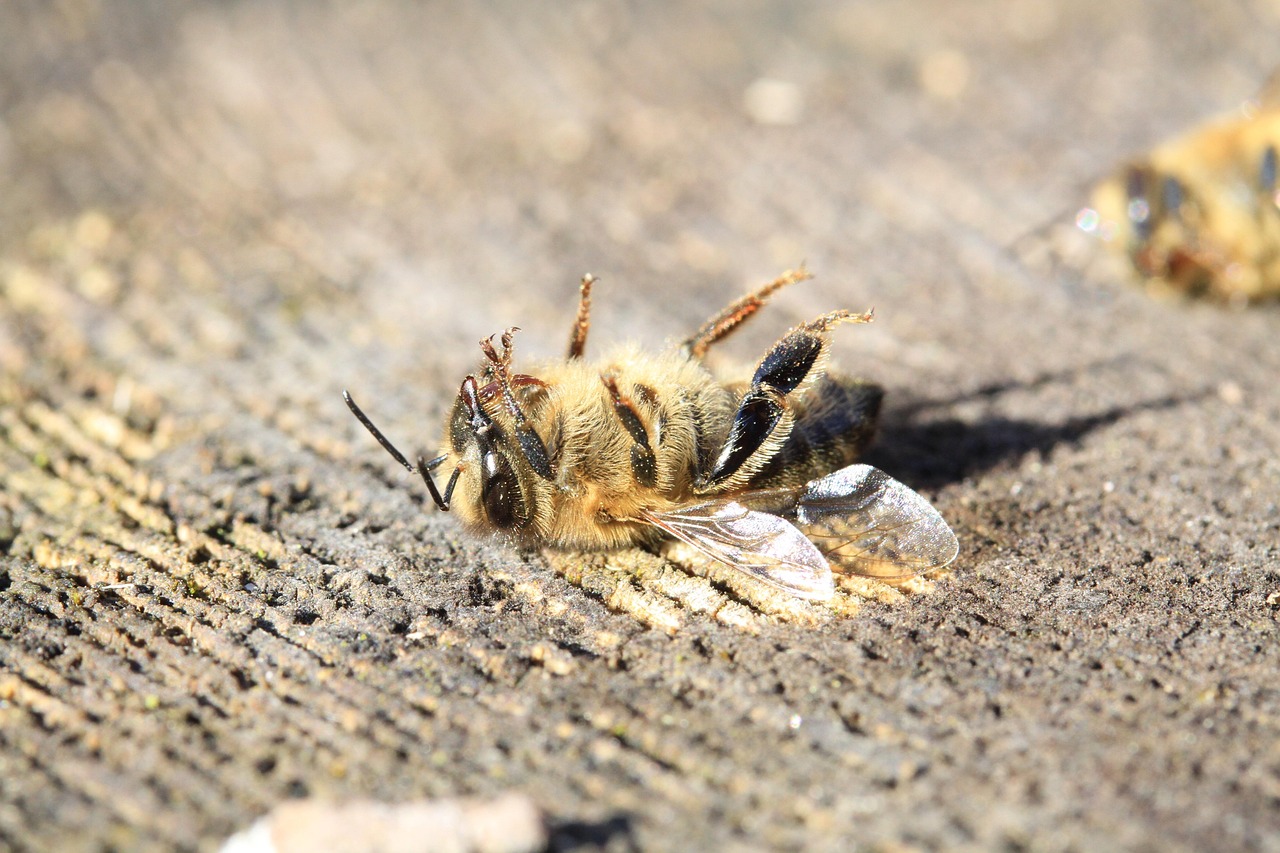
Chemical contamination poses an invisible but deadly threat to Mojave poppy bees, even in remote desert locations. Pesticides applied to agricultural areas can drift for miles on desert winds, settling on poppy flowers just as bees begin foraging. These chemicals don’t always kill bees immediately – instead, they can impair navigation abilities, reduce reproductive success, or weaken immune systems. Neonicotinoid pesticides are particularly dangerous because they persist in plant tissues, turning the very flowers bees depend on into toxic traps. The cumulative effects of low-level pesticide exposure can devastate bee populations over multiple generations.
Water Wars in an Arid Land

Water is the lifeblood of desert ecosystems, and human demands are increasingly competing with natural needs. Groundwater pumping for agriculture and development has lowered water tables across the Mojave, affecting the underground moisture that desert plants require for survival. When deep-rooted shrubs die from water stress, the entire desert ecosystem begins to unravel. Poppies, being annual plants, are particularly vulnerable to changes in soil moisture patterns. Without adequate winter precipitation to germinate and support poppy growth, bee populations face starvation even if they emerge at the perfect time.
Invasive Species Reshape Desert Communities

Non-native plants are infiltrating the Mojave Desert, fundamentally altering the landscape that Mojave poppy bees call home. Mediterranean grasses, in particular, create dense mats that prevent native wildflowers from establishing and competing for limited water resources. These invasive species also increase fire risk in an ecosystem that didn’t evolve with frequent fires. When fires sweep through invaded areas, they can eliminate both poppy seed banks and bee burrows, creating long-lasting damage to local populations. The most insidious aspect of biological invasion is how it gradually erodes the native plant communities that specialist pollinators absolutely require.
Population Crash and Recovery Patterns

Mojave poppy bee populations naturally fluctuate dramatically based on rainfall and bloom conditions, but recent crashes have been more severe and recovery more difficult than ever before. In drought years, populations can decline by 90% or more, with bees surviving only in scattered refugia with favorable microclimates. During good years, populations can explode as bees take advantage of abundant resources, but these boom periods are becoming increasingly rare. Scientists have documented several local extinctions in areas where populations couldn’t recover from consecutive bad years. This boom-bust cycle, once a natural part of desert life, is now being pushed beyond the species’ ability to cope.
Conservation Efforts Take Root
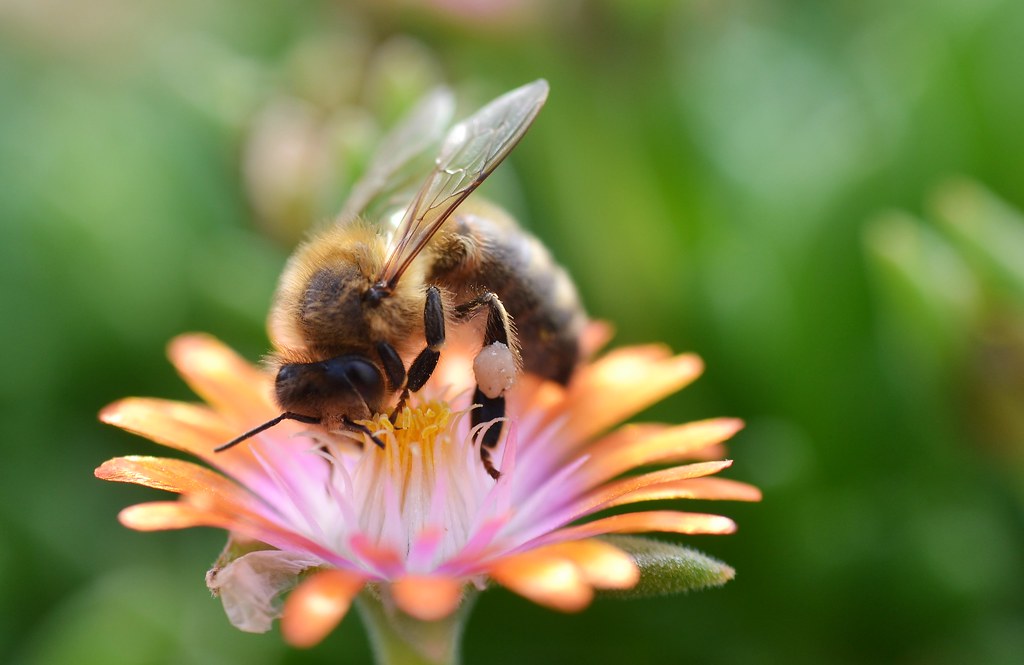
Dedicated researchers and conservationists are fighting to save the Mojave poppy bee through innovative protection strategies. Scientists are mapping critical habitat areas and working with land managers to establish protected zones during bloom seasons. Some conservation groups are experimenting with seed banks and habitat restoration, trying to create stepping-stone populations that can support genetic diversity. Citizen science programs are training volunteers to monitor bee emergence and poppy blooms, creating a network of observers across the species’ range. These efforts offer hope, but they require sustained funding and coordination across multiple agencies and jurisdictions.
The Ripple Effects of Extinction
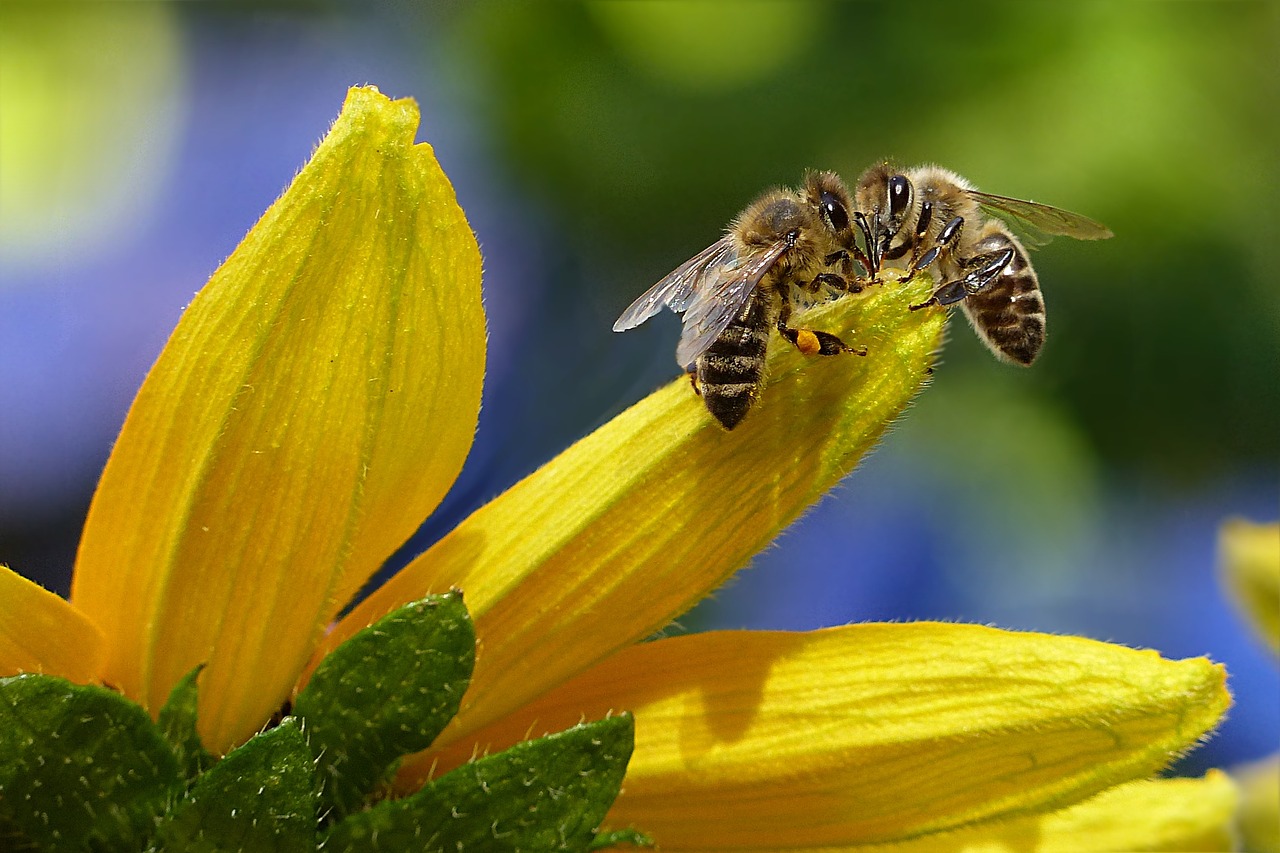
The loss of the Mojave poppy bee would trigger a cascade of ecological consequences that extend far beyond a single insect species. Desert poppies would lose their most effective pollinator, potentially leading to reduced seed production and genetic diversity in plant populations. Other desert animals that depend on poppy seeds for food would face resource shortages during critical periods. The intricate web of desert life, built over millions of years, could begin to unravel as key connections are severed. Scientists recognize the Mojave poppy bee as an indicator species – its health reflects the overall condition of one of North America’s most unique ecosystems.
Hope in Human Hands

The future of the Mojave poppy bee ultimately depends on human choices made in boardrooms, government offices, and individual backyards across the American Southwest. Land-use planning decisions, water allocation policies, and climate action at local and global scales will determine whether this remarkable species survives the next century. Education and awareness campaigns are helping more people understand the critical role that specialist pollinators play in maintaining biodiversity. Every protected acre, every restored habitat, and every policy change that considers ecological impacts brings hope for the survival of this desert survivor.
Racing Against Time

The Mojave poppy bee’s story mirrors that of countless specialized species facing an uncertain future in our rapidly changing world. These tiny insects have survived ice ages, volcanic eruptions, and millions of years of natural challenges, yet they may not survive the next few decades of human-induced changes. Their remarkable adaptations – the precise timing, the underground architecture, the faithful relationship with desert poppies – represent evolutionary masterpieces that took millions of years to perfect. Once lost, these intricate adaptations can never be recreated, making conservation efforts not just important but absolutely critical.
The Mojave poppy bee stands at a crossroads where ancient desert wisdom meets modern environmental challenges. This thumb-sized pollinator carries the genetic memory of 15 million years of survival, yet faces threats unlike any in its evolutionary history. Every spring emergence could be the last for local populations, every poppy bloom might be the final chance for reproduction. The choices we make today about habitat protection, climate action, and sustainable development will determine whether future generations witness the magical sight of metallic bees dancing among desert poppies. What legacy will we leave for the creatures that have mastered life in one of Earth’s harshest environments?

